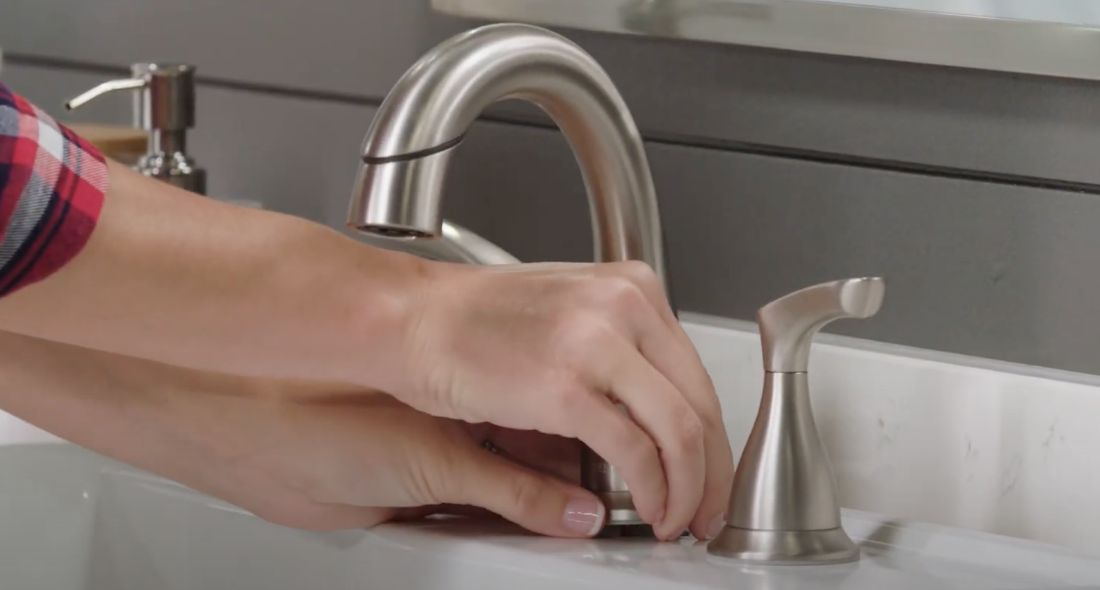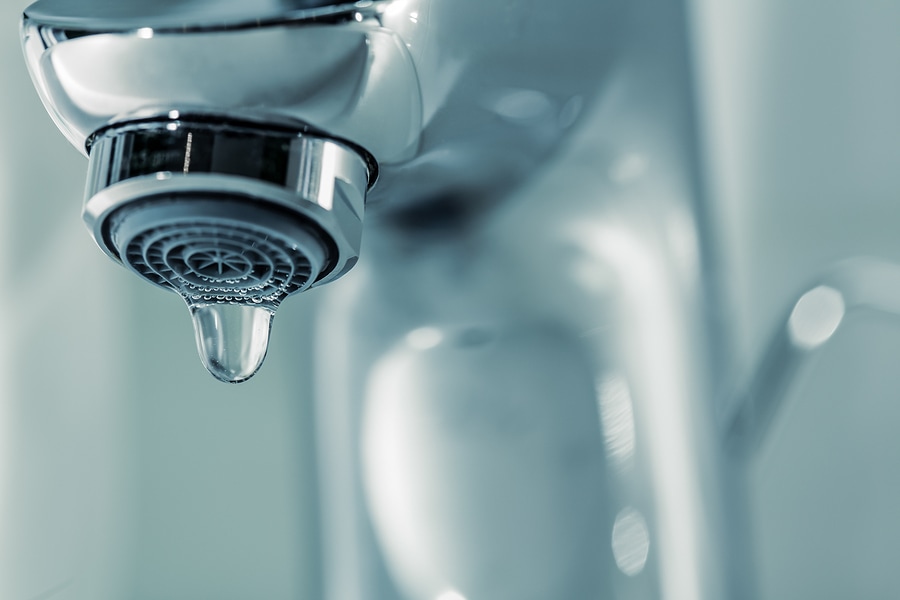The Motives Behind Dealing with a Leaking Faucet
The Motives Behind Dealing with a Leaking Faucet
Blog Article
The writer is making a number of great observations about Why Are My Faucets Dripping (And Can I Fix It Myself)? overall in the article directly below.

Leaking faucets might seem like a minor aggravation, but their effect surpasses simply the aggravation of the sound. From wasting water to sustaining unneeded economic expenses and health and wellness threats, neglecting a leaking faucet can bring about different consequences. In this article, we'll look into why it's vital to address this usual family concern immediately and successfully.
Wastage of Water
Ecological Impact
Trickling faucets add substantially to water wastage. According to the Environmental Protection Agency (EPA), a solitary faucet dripping at one drip per secondly can waste more than 3,000 gallons of water each year. This not only stress water sources but likewise influences communities and wild animals depending on them.
Financial Expenses
Raised Water Bills
Beyond the ecological influence, trickling faucets can inflate water expenses significantly. The collected waste with time translates right into higher utility expenditures, which might have been stayed clear of with timely repairs.
Prospective Home Damages
Furthermore, extended trickling can lead to damage to components and surface areas surrounding the faucet. Water build-up can trigger discoloration, deterioration, and even structural concerns if left neglected, resulting in additional repair work expenses.
Health and wellness Worries
Mold And Mildew and Mold Growth
The continuous visibility of moisture from a dripping tap develops a suitable environment for mold and mold growth. These fungis not just endanger indoor air top quality yet likewise pose health and wellness threats, especially for people with breathing problems or allergies.
Waterborne Conditions
Stationary water in trickling taps can come to be a breeding place for germs and other pathogens, increasing the threat of waterborne conditions. Pollutants such as Legionella germs flourish in stationary water, possibly causing major health problems when ingested or breathed in.
Do it yourself vs. Professional Fixing
Benefits and drawbacks of Do It Yourself Repair
While some might attempt to deal with a leaking tap themselves, DIY fixings come with their very own set of difficulties. Without proper knowledge and devices, DIY efforts can intensify the issue or bring about incomplete repair work, extending the issue.
Advantages of Hiring an Expert Plumber
Employing a professional plumber makes certain that the underlying source of the trickling tap is resolved properly. Plumbing professionals have the knowledge and equipment to identify and fix faucet issues effectively, conserving time and minimizing the risk of more damages.
Step-by-Step Overview to Fixing a Dripping Faucet
Tools Needed
Before attempting to take care of a leaking tap, gather the needed tools, including an adjustable wrench, screwdrivers, replacement parts (such as washers or cartridges), and plumber's tape.
Typical Faucet Issues and Their Solutions
Recognize the type of tap and the certain concern creating the drip. Common problems consist of worn-out washers, rusty shutoff seats, or damaged O-rings. Describe manufacturer guidelines or on-line tutorials for detailed assistance on fixings.
Safety nets
Regular Maintenance Tips
To stop dripping taps, do regular maintenance such as cleaning up aerators, checking for leakages, and changing damaged components without delay. In addition, consider mounting water-saving tools or upgrading to a lot more effective fixtures.
Significance of Prompt Repair Works
Dealing with dripping taps as quickly as they're observed stops additional water wastage and prospective damage, inevitably conserving both water and money in the future.
Effect On Building Value
Perception of Well-Maintained Residential Property
Preserving a residential or commercial property in good condition, consisting of dealing with upkeep issues like leaking taps, enhances its viewed worth and desirability among possible buyers or renters.
Influence on Resale Worth
Characteristics with well-maintained plumbing components, including taps, command higher resale values in the realty market. Resolving dripping faucets can contribute to a positive perception throughout residential property evaluations and arrangements.
Environmental Duty
Individual Contribution to Preservation
Taking responsibility for fixing trickling faucets lines up with more comprehensive initiatives towards water conservation and environmental sustainability. Every person's actions jointly make a substantial effect on preserving valuable sources.
Lasting Living Practices
By focusing on timely repair services and taking on water-saving behaviors, people contribute to lasting living methods that profit both present and future generations.
Verdict
Dealing with a trickling faucet goes beyond plain benefit; it's an important step towards preserving water, decreasing monetary prices, and safeguarding health and wellness and home. Whether with do it yourself fixings or professional aid, acting to fix dripping taps is a small yet impactful method to advertise accountable stewardship of resources and contribute to a much healthier, much more lasting future.
Most Common Reasons for a Leaky Faucet and How to Stop the Drip
Whether it’s your kitchen faucet leaking or a bathroom faucet leaking, one leaky faucet can waste anywhere from three to 30 gallons of water every single day. If the constant drip-drip-drip doesn’t get your attention, your water bill will. The good news is that, by following a few simple steps, chances are pretty good you can fix the problem yourself.
Why is it dripping?
Before you start taking things apart, let’s break down some of the most common causes of a leaky faucet.
Bad O-ring.
A cartridge is a valve that controls the flow of water into the faucet spout. On cartridge faucets there’s an O-ring—the little disc attached to the stem screw that holds the faucet handle in place. If it’s loose or worn-out, it can cause your sink handle to leak. Of course, the cartridge itself could be worn out. If that’s the case, make sure you replace it with the exact same kind.
Corroded valve seat.
The valve seat connects the faucet and the spout. If the leak seems to be coming from the spout, it might be because a buildup of water sediment has corroded the valve seat.
Worn-out washers or seals.
A leaky spout could be caused by a bad washer that rests against the valve seat. It’s just a matter of time before friction takes its toll. It could also be the wrong size washer or one that’s been installed incorrectly. Water sediments can also corrode inlet and outlet seals.
Water pressure.
If the faucet only drips now and then, or when you turn the handles a certain way, you should probably check your home’s water pressure.
Loose or broken parts.
The adjusting ring and packing nuts in the stream screw can become loose over time, causing your sink handle to leak. Try tightening or replacing the packing nut. If the leak is coming from the pipes underneath the sink, you probably have a broken pipe or fitting. If that’s the case, you should definitely call a plumber.
Know your faucet.
Faucets come in a variety of types. Each one has its own assembly—and its own possible causes of leaks. Learning about the four most common kinds of faucets will help you know how to take them apart and make any repairs.
How to stop a leaky faucet
Fixing that leaky faucet doesn’t have to take a lot of time, money, or expertise. It’s usually a simple matter of replacing a worn-out washer or gasket, a loose O ring, or another part. Chances are really good you can do this yourself if you follow these simple steps.
Shut off the water.
Before you tackle the faucet, cut off the water supply to the sink. There should be one valve for hot and one for cold. Hand-turn them clockwise with your hands till they close. If there are no valves under the sink, head to the basement and shut off the main water supply to the house. Then turn on the faucet until it empties out the water that’s still in the line and you’re ready to start. It’s a good idea to cover the sink drain with a plug or a rag so you don’t lose any small pieces and parts while you’re working.

Do you really like reading up on Why Are My Faucets Dripping (And Can I Fix It Myself)?? Try leaving feedback directly below. We would be glad to know your reactions about this blog post. In hopes that you come back again in the future. Are you aware of another person who is serious about the niche? Feel free to share it. I praise you for being here. Don't hesitate to stop by our site back soon.
Report this page